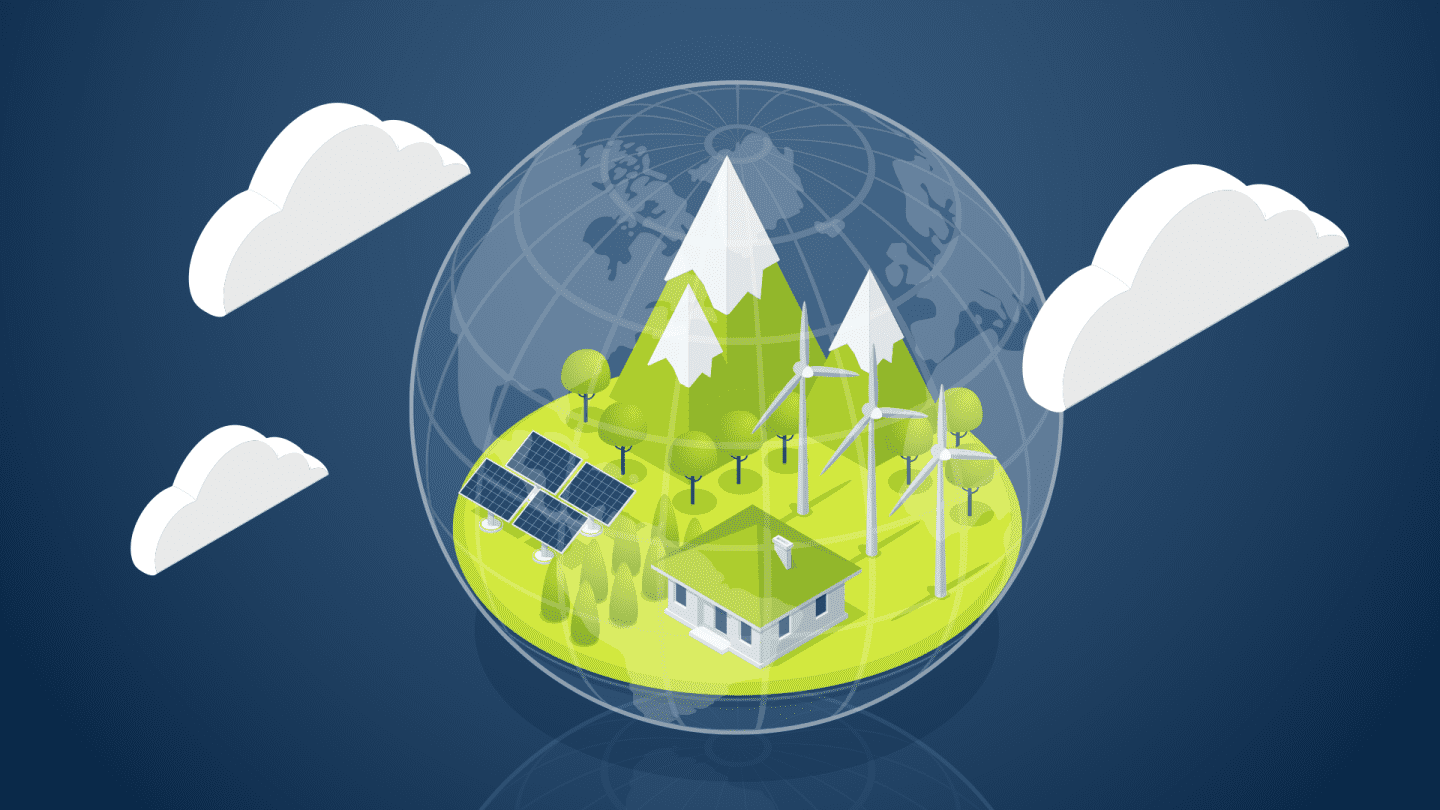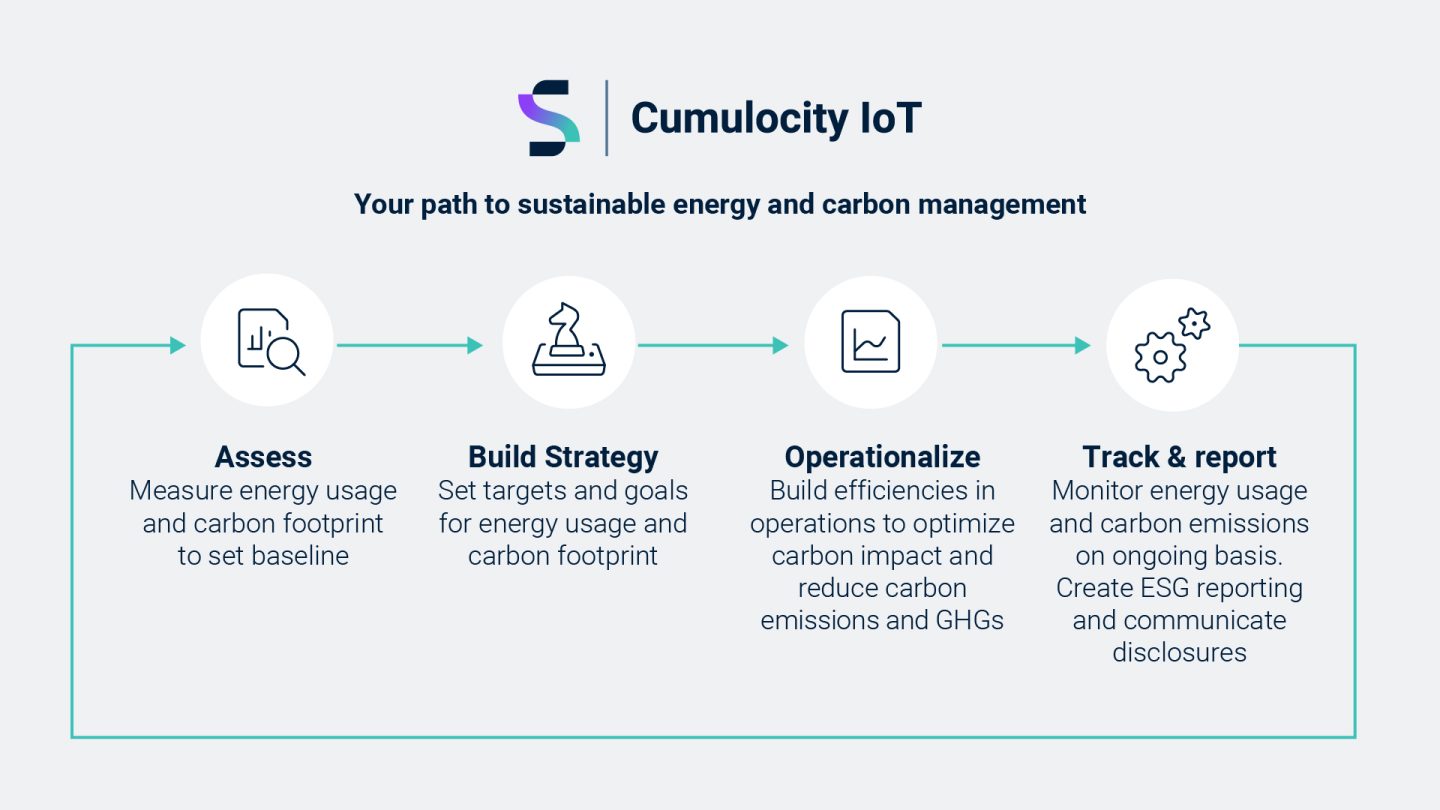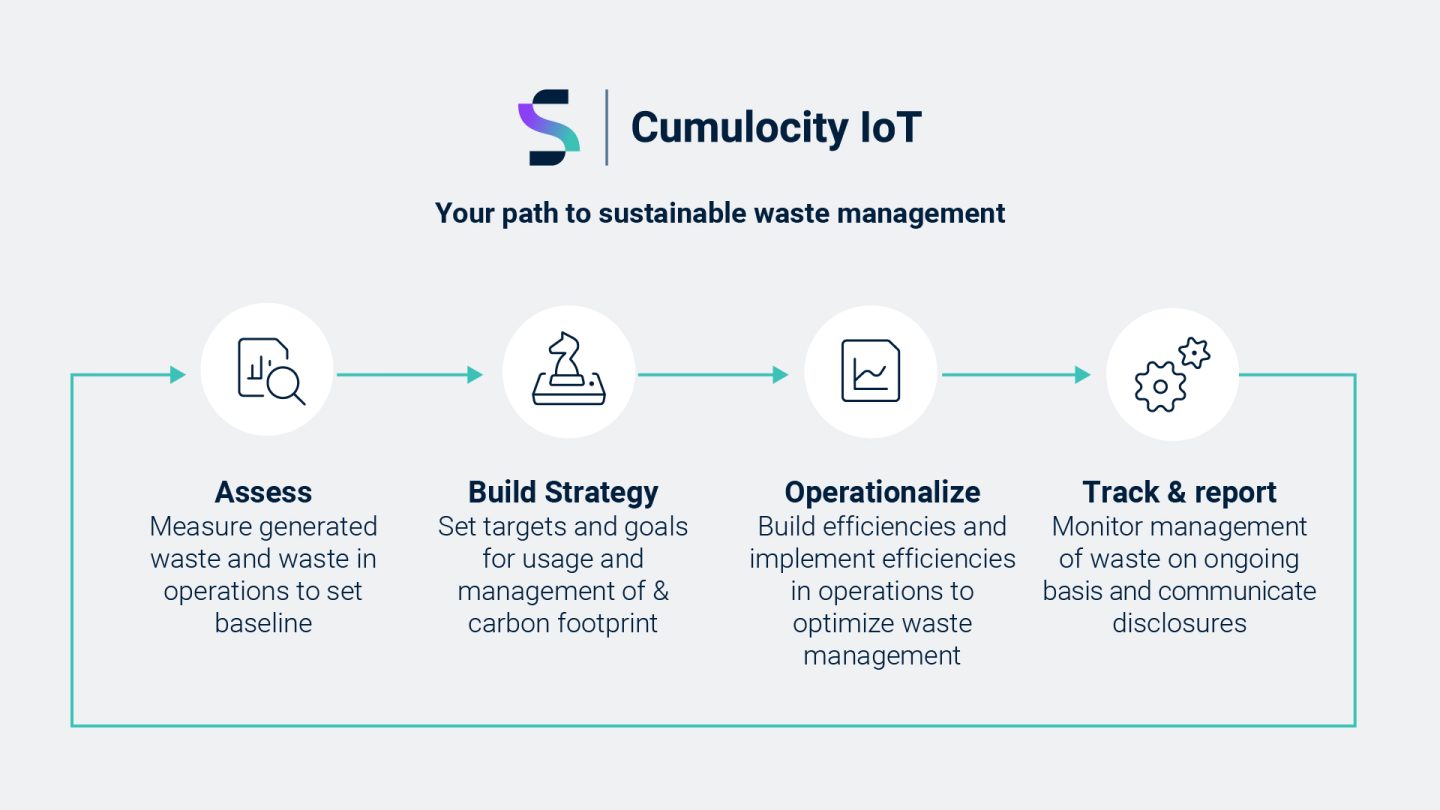Reflections on COP27 and IoT Sustainability
Reflect with us on COP27, the great successes our customers have had using IoT as an enabler of sustainability, and sustainable paths for 2023 and onwards.

The end of year holidays provide a great opportunity both to connect with loved ones and reflect on the events of the past year. With the 2022 festive period behind us, I’d like to share my thoughts on a notable event that I’ve been considering: COP27 (27th Conference of the Parties to the United Nations Framework on Climate Change).
Why?
Climate change is a topic dear to my heart given its effects on current and future generations, and a clear head was needed on my part to reflect on the event. I am not looking to do a full recap of COP27, as many articles have been written recapping the Sharm El Sheikh event, but I wanted to highlight some key points that stayed with me through this festive period. These are points I had a chance to reflect on and think about how the great work we’re doing at Software AG is linked to some of the key highlights that arose from COP27.
From my perspective, the key highlights were the “loss and damage” fund and the right to a healthy environment. Learning about these topics helped me in thinking about potential frameworks to help organizations as they embark on, and continue on, their sustainable paths to making a difference — in other words, building off COP27.
The “Loss and Damage” Fund
Although the announcement of the loss and damage fund for the most climate-vulnerable nations was/is a turning point, there continues to be a lack of clarity surrounding it including how the fund will be financed, by which nations (specifically which nations will be required to contribute to the fund), and which nations will have the opportunity to — or be empowered to — tap into the fund. Although the fund is aimed to support vulnerable countries hit by climate disasters, what qualifies as a qualifying event has yet to be clarified. Finance is, and will continue to be, a growing topic.
The Right to a Healthy Environment
With COVID-induced drops in emissions behind us, emissions have since fully bounced back to near record highs. Even though net-zero commitments were made at last year’s COP26 in Glasgow, the world is still set to see a carbon dioxide (CO2) rise of 10% by 2030, when we require a decrease of 45%-50% of greenhouse gases by 2030 to limit global warming to 1.5 degrees Celsius, to ensure that our planet is on the right path to somewhat of a recovery and create a healthy environment.
Now what can be done? What can we do, how can we use technology to help us make a difference to save our planet and to operate and develop sustainably? Is there hope?
Moving forwards, a case for IoT
Moving on from COP27, every organization, irrespective of their industry and location, needs to do their part. As I mentioned in one of my previous blogs, IoT solutions are used globally to support a more sustainable future. IoT devices can be used to gain a deeper understanding of our environment, to act more responsibly, and reverse the harm that has previously been done to our planet and its inhabitants through smarter actions, smarter production, and smarter consumption.
IoT enables organizations to reduce downtime in equipment, as well as reduce the number of field service call outs through remote monitoring and maintenance, which in turn leads to reduced CO2 emissions, all while optimizing operations and making it that much easier for production and distribution to produce and deliver to customers.
I believe that software is changing, and will continue to change, the world. With that being said, digital transformation is the starting block which can help to mitigate, and in some cases even reverse, the consequences of climate change. As such, playing an active part in this is key to enabling and helping your customers to operate more sustainably. To that point — I believe that only a truly connected world can be a sustainable world, and technology is that key enabler, enabling organizations to digitally transform responsibly and with purpose.
To that effect, I wanted to put a couple of frameworks forward that our team has been developing to help steer organizations towards a sustainable path. These 2 major paths that are closely linked to the Healthy Environment point arising from COP27 of working towards lowering CO2 emissions, are the frameworks of the paths of sustainability:
Energy and carbon management


and waste management.


These frameworks are aimed to help steer organizations and their customers down the right path, and IoT and Software AG are the enablers to the journey, supporting organizations at every step of the way. No matter what industry your organization is in, or what it does, or where it’s located on the globe, you’ve most likely been impacted by the world’s ongoing supply chain and energy challenges. These frameworks aim to bring awareness to your business strategies as you look to embark on a specific sustainable path, through four key pillars: assessing; building your strategy; operationalizing said strategy; and then tracking and reporting against each topic path. These will help you as you look to navigate the supply chain and energy challenges.
The Cumulocity IoT and Software AG difference
Cumulocity IoT with the rest of Software AG’s solution portfolio, enables organizations to answer all sustainability related use cases, whether its transforming processes to create a sustainably focused organization, adhering to changing regulations, integrating environmental data, connecting, monitoring, and maintaining connected devices remotely to reduce energy output and reduce emissions, or others.
IoT enables our customers to be transparent in terms of assessing, monitoring, and optimizing operations, while detailing, tracking, and reporting on sustainability KPIs based on IIoT use cases; being efficient through increasing manufacturing capacity while reducing operating costs by efficiently using energy, people and resources through sustainable operations and supply chain processes; and continuously innovating, addressing the increased demand for green products, and support circularity through innovative design. All of this is possible through IoT and tracking and reporting on traditional IIoT use cases and using the collected data to form their sustainability strategies.
Transparency, efficiency, and innovation are key values that we see our customers instilling in their journey, using IoT as the key enabler in achieving their sustainability goals.
They key is to continue developing sustainably. Now, what does sustainable development mean?
Well, I wanted to leave you with the definition of sustainable development as defined by the Brundtland report from 1987, which still holds true today and should not be overlooked:
Sustainable development “meets the needs of the present without compromising the ability of future generations to meet their own needs.”
In terms of sustainable development, Software AG’s customers are doing remarkable things thanks to IoT, using IoT as an enabler to meet their sustainability objectives, develop sustainably, and make a difference in their respective industries. Australia’s QTRS helps reduce food spoilage, decrease emissions, and reduce agricultural waste through real-time remote monitoring of its refrigerated trucks by using Cumulocity IoT. Key players in the renewable energy sector are using our IoT platform to minimize the environmental impact of servicing, reducing their carbon footprint through predictive maintenance and smart field services. Another great story linked to taking a Kaizen approach to developing sustainably is that of Germany’s SMC, progressing to an Equipment-as-a-Service (EaaS) model, helping conserve electricity and reduce carbon emissions. SMC are making valuable contributions to climate protection by reducing consumption of compressed air, electricity, and other energy sources.
What sustainable path are you embarking on and how are you and your organization working towards a healthy environment? Could IoT be the enabler for you and your customers? Have these been a part of your reflections over this past festive period?